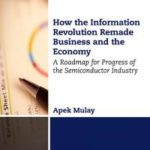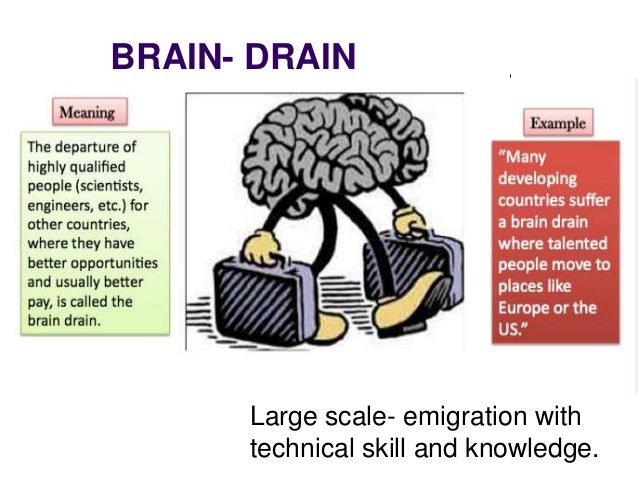Today’s The Times of India has complete coverage about Prime Minister Narendra Modi’s (NaMo) Silicon Valley visit with an interesting article which I believe is quite thought provoking-
‘Brain drain’ can become ‘brain gain’ any time, Modi points in his SAP Centre address
Please read this article before reading my blog. In his last visit in September 2014 in New York where Modi had a rockstar reception, we were seeing many NRI (Non- Resident Indians) openly expressing on television cameras that they would quit United States and go back to India to help NaMo in his signature Make In India campaign to transform India into a Global Manufacturing Hub. Please read
Modi gets historic welcome at Madison Square Garden, New York
While Modi launched his campaign to transform India into a Global Manufacturing Hub to beat the costs of China when it comes to High Tech Semiconductor Manufacturing, he has also made huge initiatives to invite global investors to come an invest in India promising a business friendly climate. Little has changed in India, since September 2014 until September 2015, when NaMo has received another rock star welcome in Silicon Valley, CA. This time Modi made announcement to Make India into Internet Hub of the world. However, If you read today’s article published in The Times of India, the Prime Minister claims that ‘Brain Drain’ from India is actually ‘Brain Gain’ which gives credit to the self made NRIs who have played an important role in the boosting India’s image abroad.
It is truly a lack of NaMo’s vision to not be able to comprehend that most Indians who have left India have left for good and would never return back home until they are forced to return back due to not being able to secure permanent residency abroad. There are many reasons behind this and most important among them is the lack of fairness in Indian Academic system which permits reservations based on age old caste system which gives seats in prestigious academic institutions of India to a person from lower or backward caste at 47% but denies the same seat to a person from upper caste inspite of scoring 95%.
Isn’t this injustice to the people from upper caste who may not have a great economic well-being. The democratic elections in India also ensure that this age old caste system will remain forever and it has now become a vote bank issue of Indian politicians. Hence, Even Modi would support this system because his bread and butter depends of the vote bank from these backward classes even though he talks about making India a global academic hub as well. (All these are now turning into some HOAX initiatives which would never materialize).
On the other hand, In United States due to fair competition and opportunity given to all International students, Indian students who are already hard-working keep working hard and excel in their careers. This is not to glorify myself but I take pride in mentioning that at a young age of 35, I have already authored two very important books for revival of US economy and its High Tech Industry which are being appreciated all across the United States.
While my books have received a good admiration by several Internationally well-known economists and best selling authors, I have personally experienced that Modi government have been non-receptive to any new ideas when I came to India to give my ideas for helping this government with its Make In India initiative. Let me mention an important fact of India here before we read further. India’s rising trade deficits from its electronic imports are going to surpass its oil imports and have become a National priority to reduce these imports in order to reduce and eliminate India’s ever growing trade deficits. I mentioned about it on India’s National Television News below
In my two unique books, I have done an analysis of International economies and explained the reasons behind inability of their initiatives in making their High Tech investments sustainable. My two books are for revival of the global high tech industry in order to sustain the progress of Moore’s law as well as to usher Internet of Things Revolution in global semiconductor industry to not only make these investments sustainable but also profitable. Hence, Indian government should have appreciated these ideas but even after making accurate macroeconomic forecasts on some television shows in India, my ideas have still not received a fair reception with NaMo government.
Today, India does not have a single semiconductor manufacturing foundry ( also called a Fab) to manufacture electronics, neither does it have a skilled work force to run these fabs. NaMo government talks about competing with China to become a global manufacturing hub but nothing has materialized from September 2014 till date for High Tech manufacturing initiative in India. As an NRI, I am sure to become NON-RETURNING INDIAN over NON-RESIDENT INDIAN status as the government initiatives do not encourage new ideas and initiatives from experts in the field. Just look at the figure below from Aprl 2015 issue of Semi.org showing China’s High Tech manufacturing capabilities. It is time for us to ponder whether India stands anywhere close to China in becoming manufacturing power house not for the Globe but whether it can do manufacturing for even Indian economy to eliminate its trade deficits from imported electronics.



Recent Comments